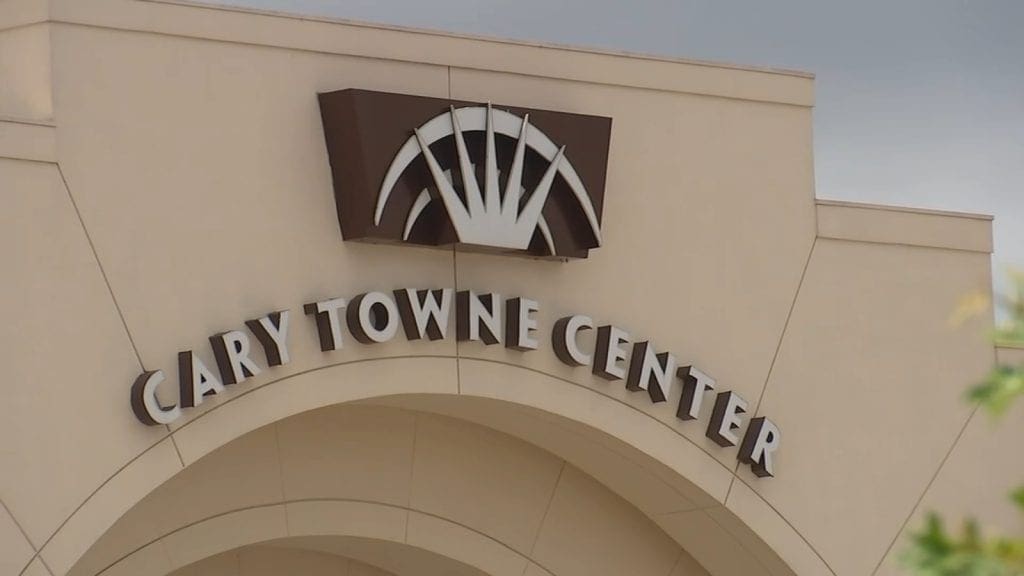As two galaxies merge, astronomers have detected two tightly connected supermassive black holes. This galactic union actually occurred three billion years ago, but the light is only now reaching us.
Galaxies occasionally merge with other galaxies, bringing billions of stars together to expand and evolve. These collisions cause bursts of (relatively) fast star formation. Mergers also feed the supermassive black holes at their cores, transforming them into incredibly luminous quasars that glow brighter than the rest of the galaxy. This is the first verified observation of a pair of nearby supermassive black holes during the “cosmic noon,” an era in the universe’s history marked by bursts of frenetic star creation, according to the US National Science Foundation.
Supermassive Black Holes Merge As 2 Galaxies Collide
Many distinct merging galaxies with multiple quasars have been spotted by astronomers. According to NSF, this specific occurrence is exceptional since such situations were rare when the universe was barely a fifth of its present age, making them incredibly difficult to locate.
seeking for such near pairings of supermassive black holes during that epoch in the universe’s history is like seeking a polar bear in a snowstorm. The issue is that the majority of such black-hole pairings are too closely related to be distinguished independently.
For scientists to conclusively discover such a pair, each of the supermassive black holes must be actively accreting while also glowing as a quasar. Both of these phenomena are uncommon in and of themselves.
According to NSF, at any one time, there is only one continuously accreting supermassive black hole for every 100. And, whereas every quasar is a black hole, only a small number of black holes are quasars. Two accreting quasars that are likewise quite near to each other? The term “rare” is insufficient.



